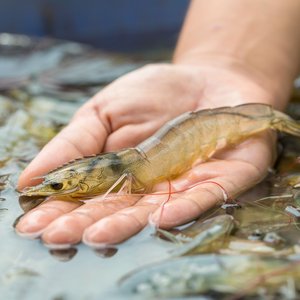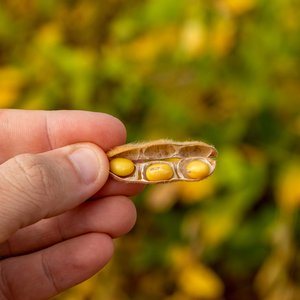Better analytical tools needed for marine oils
Just half of the 113 omega-3 products to undergo quality checks in a research project could be analysed with approved analytical tools. Consequently, the quality of the remaining oils on the market remains unknown.
Apart from satisfying the prevailing hygiene requirements, no special quality requirements currently exist for the omega-3 products sold in shops. The scientists from Nofima were commissioned by the RUBIN foundation to map the variations in quality of a random selection of the products found on the market.
In the autumn of 2009, the scientists purchased 113 marine omega-3 products in Norwegian pharmacies, supermarkets and health food stores, as well as on the internet. They planned to study the fatty acid profile and the degree of rancidity of the products. Polyunsaturated fatty acids such as omega-3 are prone to turning rancid, leading to an undesirable taste and smell of the products.
The study showed that a full 57 of the oil products could not be analysed. Among other factors, additives in the oils meant that standardised analytical tools were inadequate to map the degree of rancidity.
“There is a need here for better analytical tools,” says Gjermund Vogt, a fat researcher at Nofima Mat in Ås. “Traditional analyses are certainly alright for quality control at factories and are well established in the trade of pure oils, but for analysing more complex products these methods are not up to standard.
Of the 56 products that could be analysed, only four satisfied the industry’s own requirements for the products. The global organisation for fish oil producers, GOED, has its own standard, which is also the strictest. “It is an extremely good sign that the industry is setting stricter demands than the pharmacopoeia,” says Vogt.
The study also showed that the degree of rancidity increased with the concentration of omega-3 fatty acids in the product. The scientists found no difference between liquid and encapsulated products and no connection between price and quality or whether the product was bought at a health food store, pharmacy, supermarket or on the internet.
The study did not take the production date of the product into account. However, all the products were within the expiration date with a margin of six months.
“It is important to emphasise that these results only provide a snapshot of what is available on the market,” says Vogt. “This snapshot probably doesn’t have to be representative of the average quality of every product, and a ranking of products is therefore unnecessary. For this reason, the products that were tested have been made anonymous.”
Moreover, the reduction of quality can occur at every link of the chain, including at the store. We know that raw material quality is important for the end quality. But believing that the oil manufacturer is supplying an inferior quality is completely wrong. What happens to the oil from the time it leaves the refinery until it reaches you and I as consumers is unknown territory that we want to find out about. It is easy to damage oil that initially is of the very best quality through incorrect treatment.
This was a collaborative project between Nofima and Akershus University College, which was commissioned by the RUBIN foundation. The results or lack thereof show that more research is required in order to develop new and more stable analytical methods and to know more about rancidification of oils. Nofima and its collaboration partners in research and industry have submitted an application to the Research Council of Norway about the establishment of a Centre for Research-based Innovation, which affects precisely these topics.










